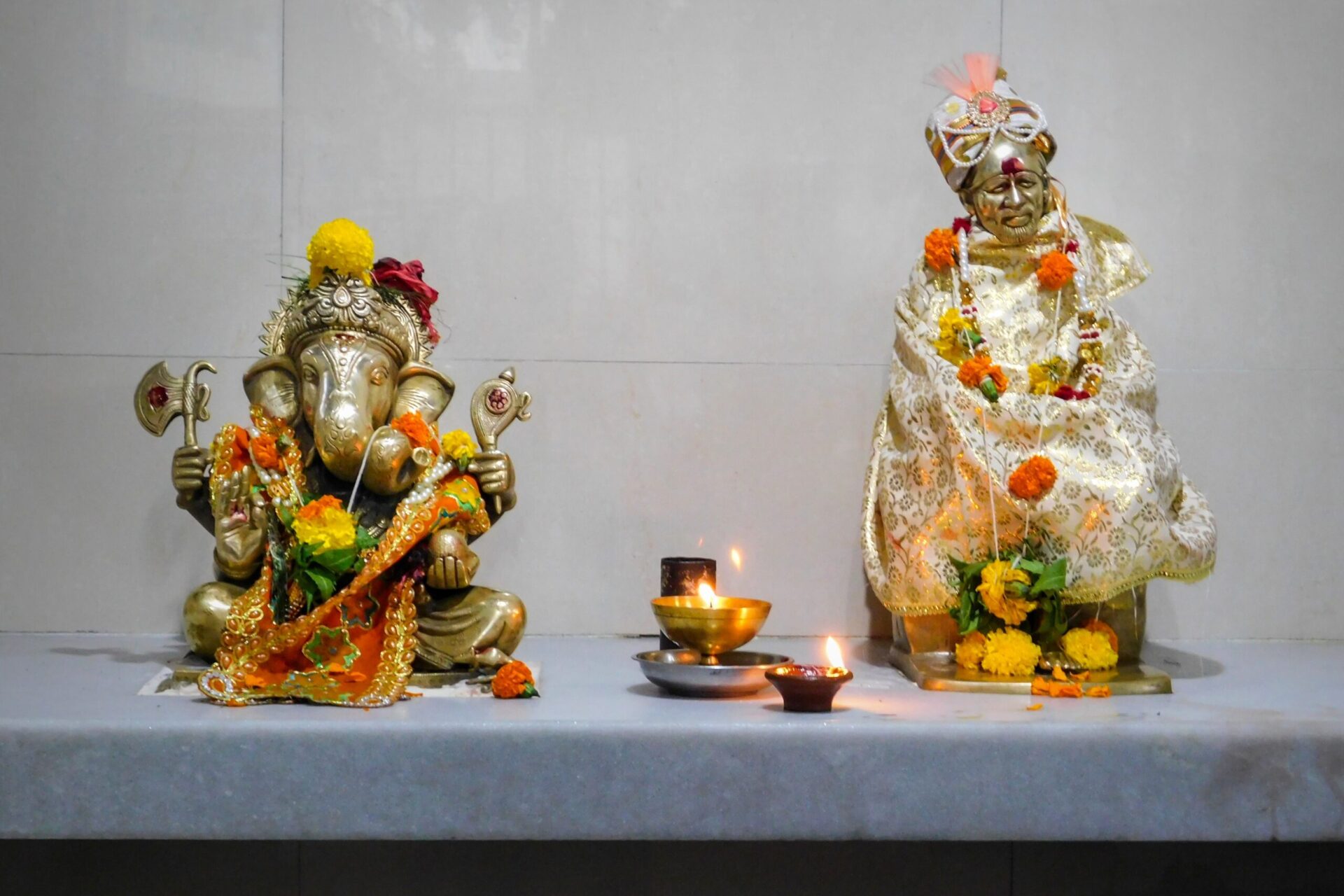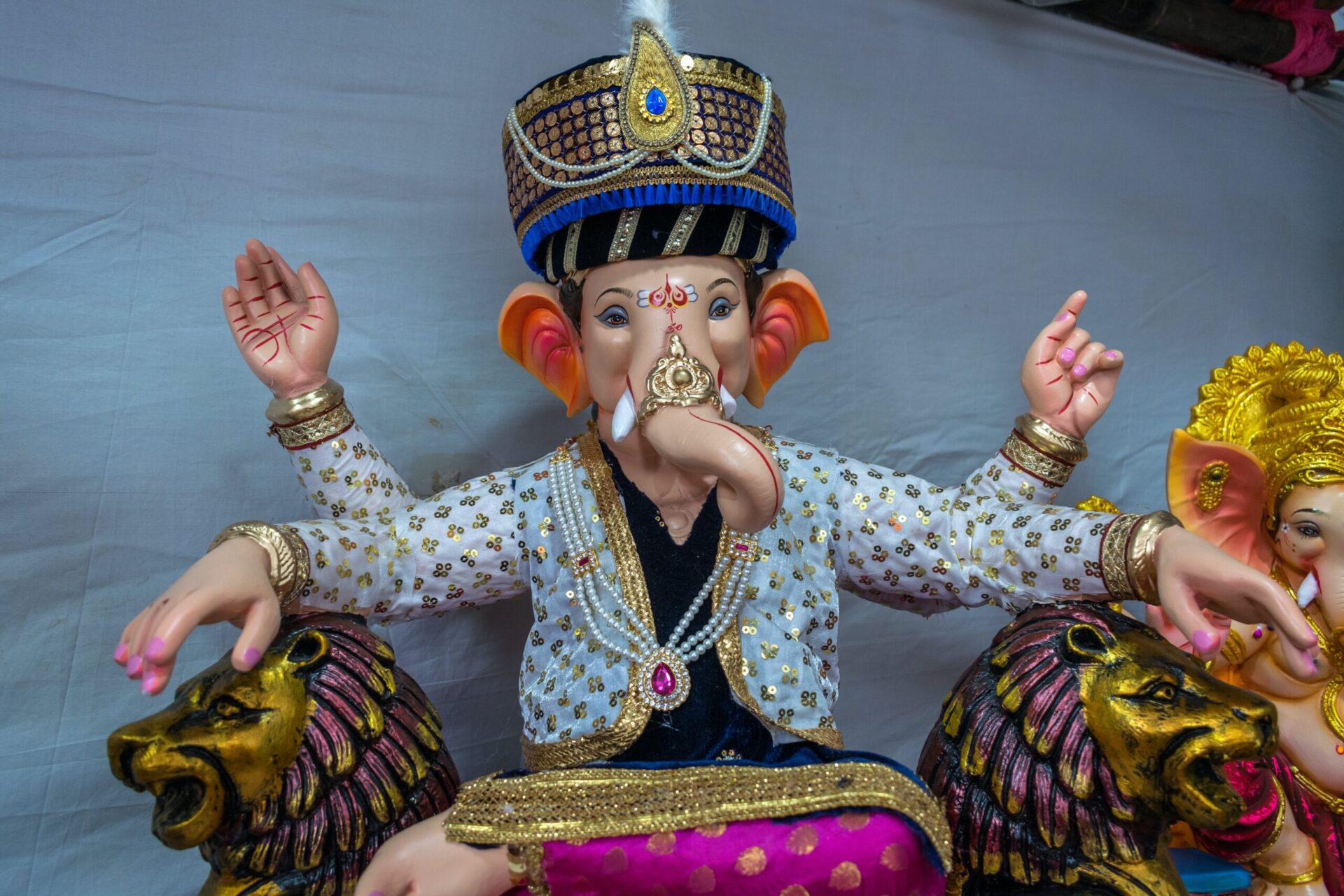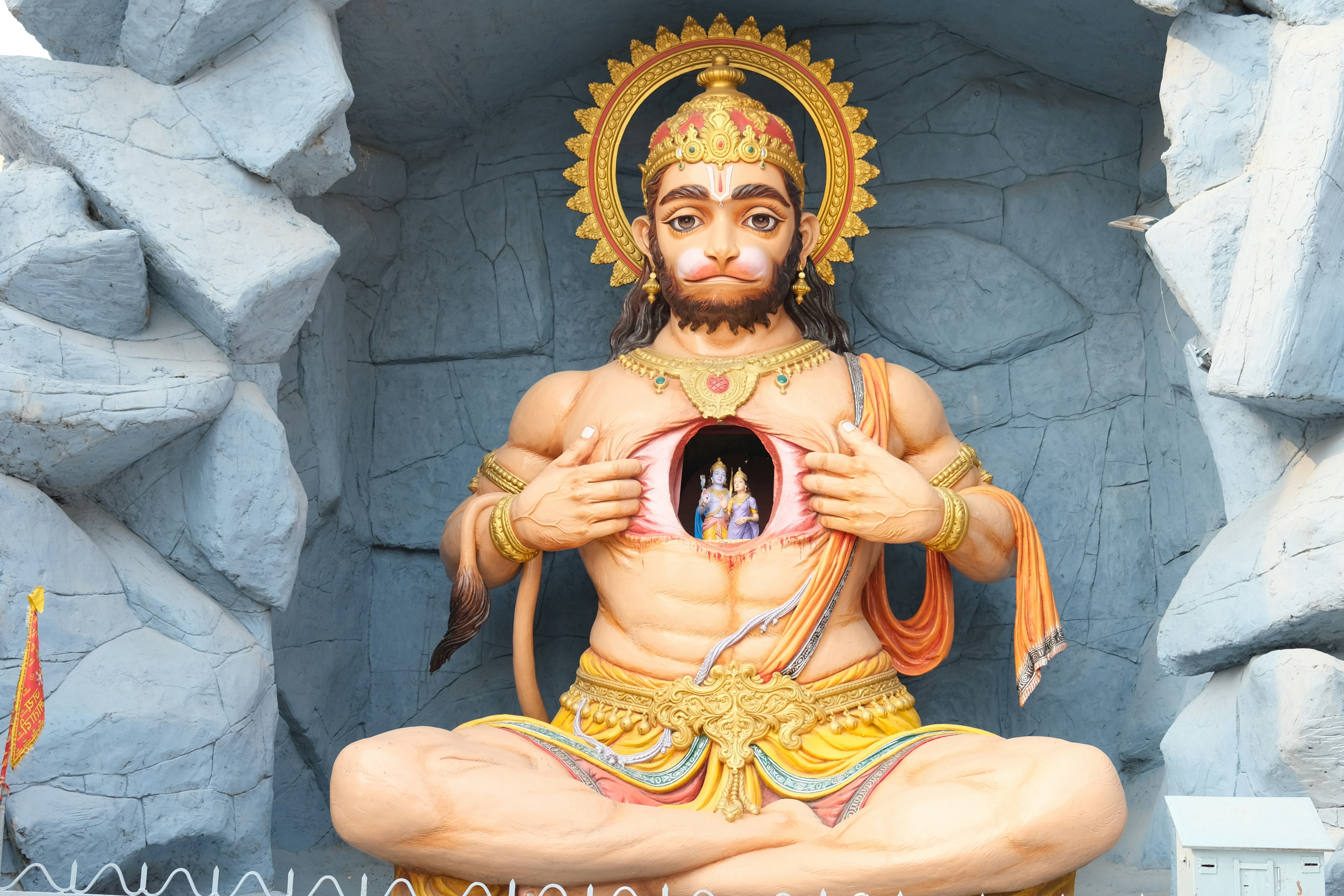Let’s journey into the enchanting world of Hindu mythology, where we meet the mesmerizing figure known as the Hindu Monkey God. Curious to uncover his extraordinary tale? This mystical character, often portrayed as a mischievous yet endearing deity, holds a unique spot in Hindu culture. From his incredible feats to his divine powers, the Hindu Monkey God’s story is one that captivates the imagination and leaves you eager to discover more. So, join us as we unravel the remarkable narrative of this beloved Indian deity.
Table of Contents
Who is the Hindu Monkey God?
Introduction to the Hindu Monkey God
The Hindu Monkey God, also known as Hanuman, is one of the most revered deities in Hindu mythology. He is widely worshipped and holds a special place in the hearts of millions of devotees across the world. Hanuman is known for his immense physical strength, unwavering loyalty, and selfless devotion to Lord Rama.
Historical and Mythological Background
Hanuman finds his roots in the ancient Indian epic, the Ramayana, which dates back to around 500 BCE. According to the epic, Hanuman was born to Anjana and Kesari, both of whom were monkeys. It is believed that Hanuman’s birth was a result of a boon granted to Anjana by Lord Shiva. Legends say that Hanuman was also blessed with extraordinary powers by various gods and goddesses, making him an incredibly strong and resilient deity.
Popular Names and Forms
Hanuman is known by various names and forms in different parts of the world. Some of the popular names include Bajrangbali, Maruti, Anjaneya, Pavanputra, and Mahavira. His depictions in art and sculptures often show him as a monkey-faced deity with a muscular physique. Hanuman is often depicted wearing a loincloth, sometimes accompanied by a mace or gada, which symbolizes his strength and power.
Stories and Legends
Birth and Childhood
According to Hindu mythology, Hanuman’s birth was no ordinary event. It is said that when Anjana and Kesari were childless and longing for a child, Lord Shiva appeared before them and blessed Anjana with the boon to give birth to Hanuman. Hanuman’s childhood was full of mischiefs and adventures, showcasing his playful and energetic nature. As a child, he had a strong desire to explore and often got into trouble with the other animals in the forest.
The Churning of the Ocean
One of the most famous episodes featuring Hanuman is the story of the churning of the ocean. In this mythological event, the gods and demons came together to churn the ocean to extract the elixir of immortality. During the process, a deadly poison emerged from the ocean, threatening to destroy the world. It was Hanuman who bravely swallowed the poison to save humanity, showcasing his selflessness and willingness to sacrifice himself for the greater good.
Ramayana – Hanuman’s Loyalty
The Ramayana, an epic tale of Lord Rama’s quest to rescue his wife Sita from the demon king Ravana, holds a significant place in Hindu mythology. Hanuman played a crucial role in the Ramayana, showcasing his unwavering loyalty and devotion to Lord Rama. Hanuman’s most iconic act was building a bridge of stones across the ocean to connect India with Lanka, enabling Lord Rama’s army to reach Sita and defeat the demon king. His devotion and loyalty are considered exemplary and continue to inspire millions of devotees to this day.

Symbolism and Attributes
Significance of the Monkey God
Hanuman holds immense symbolic significance in Hinduism. He represents strength, courage, and determination, serving as a reminder that with unwavering faith and devotion, one can overcome any obstacle in life. Hanuman is often seen as a protector and a source of inspiration, encouraging people to face challenges with perseverance and belief in the divine.
Physical and Spiritual Strength
Hanuman is famously known for his extraordinary physical strength, as demonstrated by his ability to lift mountains, leap across vast distances, and defeat powerful enemies effortlessly. Beyond his physical prowess, Hanuman is also revered for his spiritual strength. His unwavering devotion to Lord Rama and his ability to remain focused on his divine mission serve as an inspiration to individuals seeking spiritual growth and enlightenment.
Devotion and Selflessness
Hanuman’s devotion and selflessness are central to his character. He is considered the epitome of devotion, as his entire existence revolves around serving and protecting Lord Rama. His unwavering loyalty and willingness to sacrifice himself for the greater good teach devotees the importance of selfless service and surrendering to a higher power.
Worship and Festivals
Temples Dedicated to the Monkey God
Temples dedicated to Hanuman can be found across India and various parts of the world. These temples serve as a place of worship, where devotees come to seek Hanuman’s blessings and express their gratitude. The most famous Hanuman temple is the Hanuman Mandir in Delhi, which attracts countless devotees every year. These temples often house magnificent idols or statues of Hanuman, allowing devotees to connect with the deity through rituals and prayers.
Hanuman Jayanti – Birth Anniversary Celebrations
Hanuman Jayanti, the birth anniversary of Hanuman, is a significant celebration observed by his devotees. This festival falls on the fifteenth day of the Shukla Paksha (bright half) of the Hindu lunar month of Chaitra. Devotees celebrate Hanuman Jayanti by visiting Hanuman temples, offering prayers, and participating in processions or bhajans dedicated to Hanuman. The day is marked by devotional hymns and chants praising the monkey god’s courage, strength, and devotion.
Sundays and Tuesdays – Auspicious Days
In Hindu culture, Sundays and Tuesdays are considered particularly auspicious for worshipping Hanuman. Devotees often observe fasts, visit temples, and recite prayers dedicated to Hanuman on these days. This practice is believed to bring blessings and protection from negative forces, while also strengthening one’s physical and spiritual well-being.

Hanuman Chalisa
Devotional Hymn to the Monkey God
The Hanuman Chalisa is a revered devotional hymn dedicated to Hanuman. Composed by the poet-saint Tulsidas in the 16th century, it consists of 40 verses written in Awadhi language. The Hanuman Chalisa praises Hanuman’s virtues, courage, and devotion to Lord Rama. It is recited by millions of devotees around the world as an expression of their love and reverence for Hanuman.
Meaning and Importance
Each verse of the Hanuman Chalisa holds deep meaning and symbolism, conveying the profound qualities of Hanuman. Reciting the Hanuman Chalisa is believed to bring immense spiritual benefits and protection from evil forces. It is also seen as a way to seek Hanuman’s blessings for strength, courage, and success in various endeavors.
Influence in Hindu Culture
Hanuman in Literature and Art
Hanuman’s influence extends beyond religious practices into literature, art, and popular culture. Numerous literary works, including folktales, plays, and poems, feature Hanuman as a central character. His iconic image can be found in paintings, sculptures, and murals adorning temples, homes, and public spaces. Hanuman’s depiction in popular culture, including movies, television shows, and comics, has further elevated his status as a beloved deity and an enduring symbol of strength and righteousness.
Hanuman as an Inspiration
Hanuman’s virtues and qualities have served as an inspiration for individuals in various walks of life. His unwavering loyalty, determination, and selflessness continue to motivate people to overcome hurdles and stay committed to their goals. Hanuman’s character stands as a reminder that true strength lies not just in physical power but also in character and devotion, inspiring countless individuals to strive for excellence and integrity.
Similar Deities in other Religions
Hanuman in Southeast Asian and Buddhist Traditions
Hanuman’s influence extends beyond Hinduism into Southeast Asian and Buddhist traditions. In countries like Thailand, Cambodia, and Indonesia, Hanuman is revered as a symbol of courage and loyalty. He is often depicted in traditional dance forms, sculptures, and temples in these regions. In Buddhism, Hanuman is viewed as a deity associated with strength and devotion, holding similar qualities as in Hinduism.
Parallel Figures in other Faiths
In different faiths and mythologies around the world, there are parallel figures that bear similarities to Hanuman. For example, in Greek mythology, the god Hermes shares several characteristics with Hanuman, including his agility, swiftness, and divine messenger status. Similarly, in other cultures, there are deities or beings associated with monkeys or similar traits, highlighting the universal significance and symbolism of such figures.
Conclusion
Legacy of the Hindu Monkey God
The Hindu Monkey God, Hanuman, is a revered deity whose legacy continues to inspire and captivate countless devotees worldwide. His stories and legends embody virtues such as strength, loyalty, and devotion, making him a beloved figure in Hindu mythology. Hanuman’s physical and spiritual prowess, as well as his selfless service to Lord Rama, serve as a guiding light for individuals seeking strength, resilience, and unwavering faith.
Hanuman’s Continued Reverence
As devotees continue to worship Hanuman in temples, recite the Hanuman Chalisa, and celebrate festivals like Hanuman Jayanti, his reverence remains strong. Hanuman’s influence can be felt not only within the Hindu community but also in art, literature, and popular culture. Through the ages, the Hindu Monkey God has remained an emblem of devotion, strength, and righteousness, continuing to touch the lives of millions with his inspiring presence.
